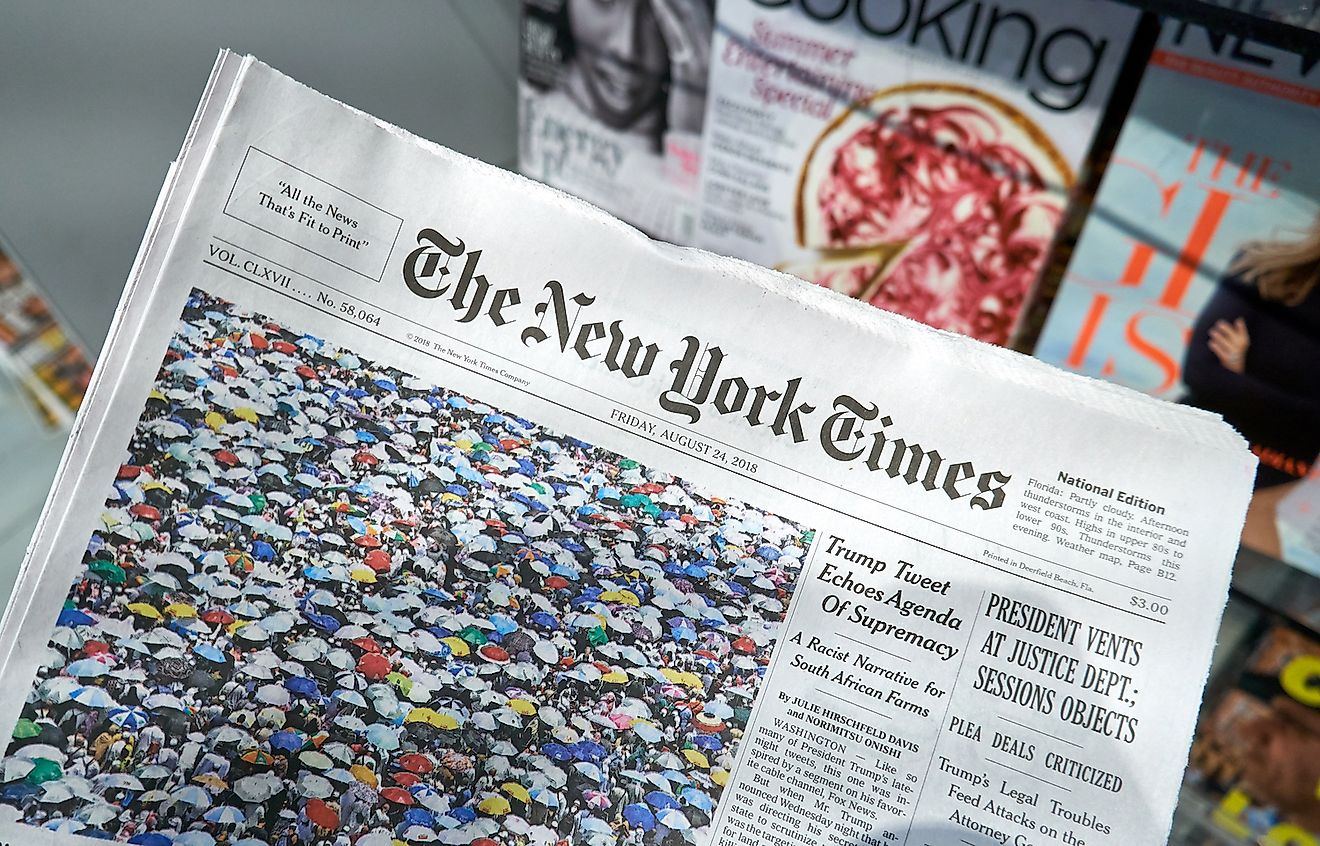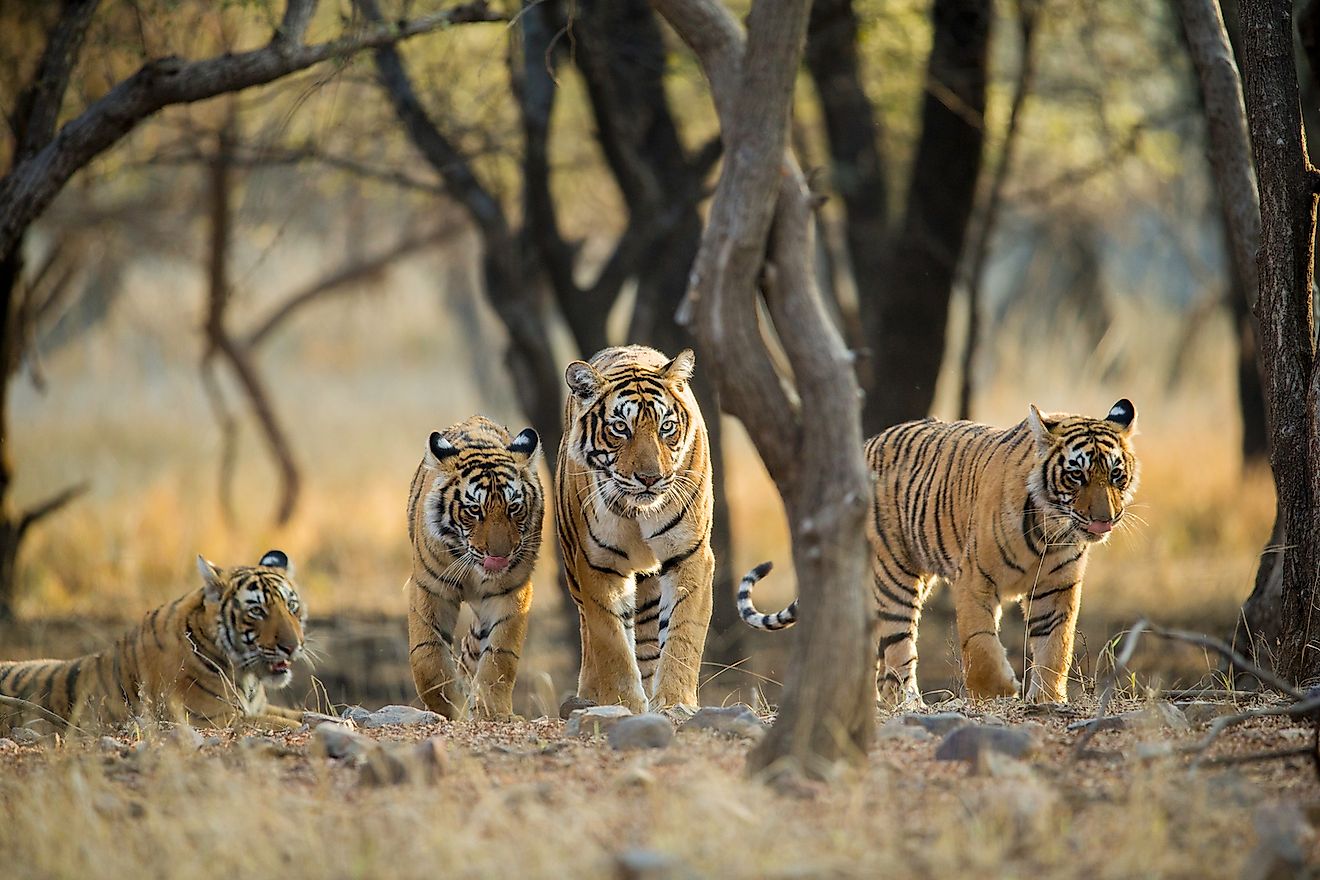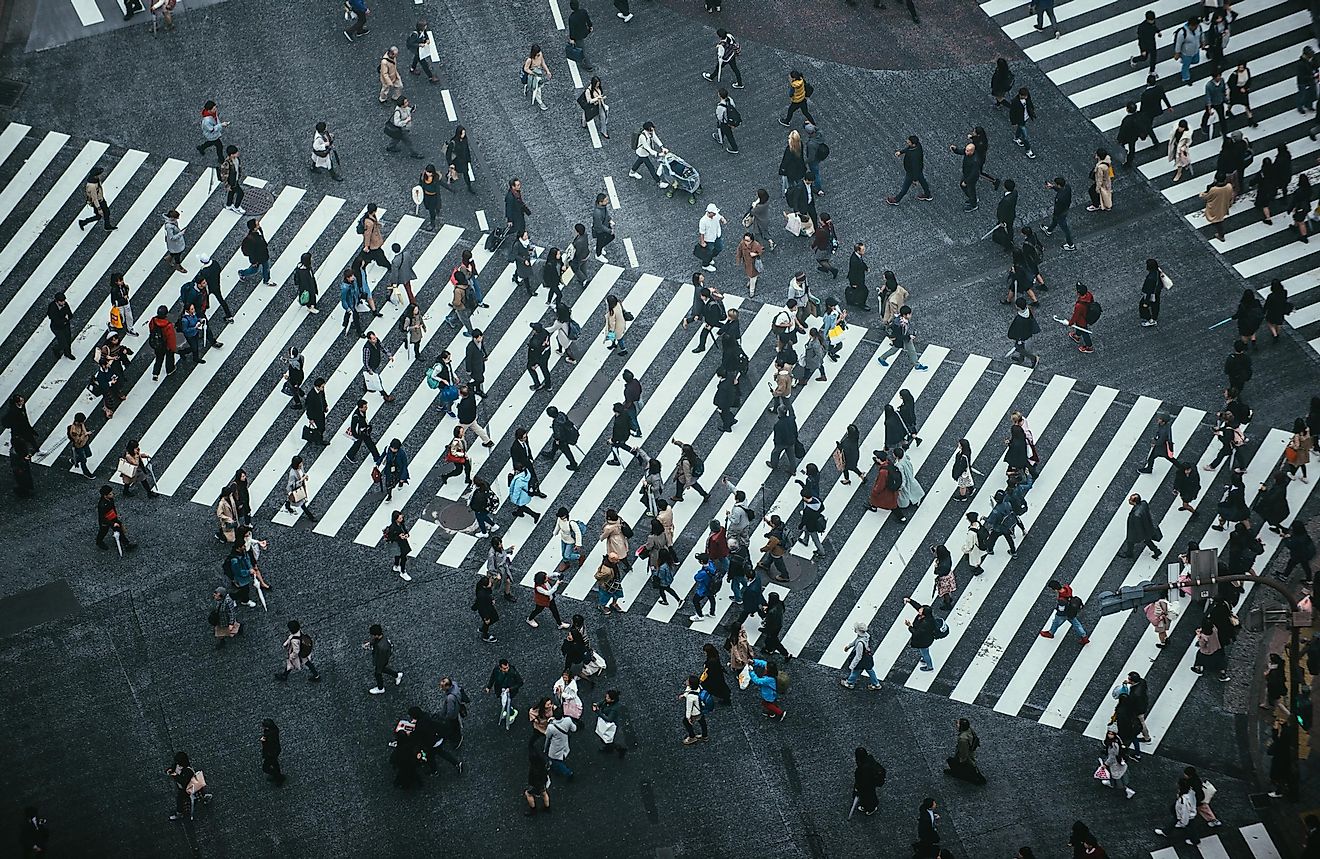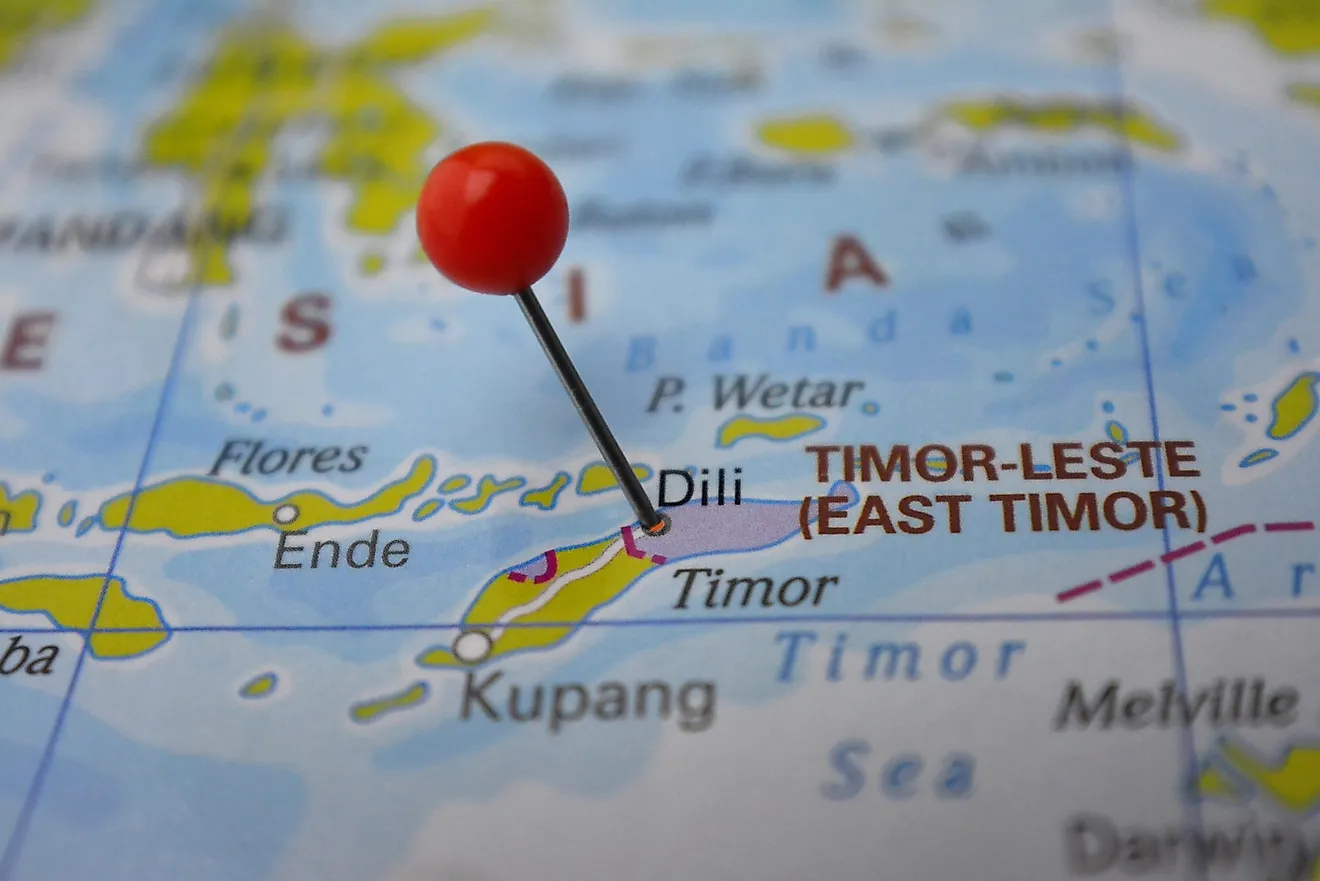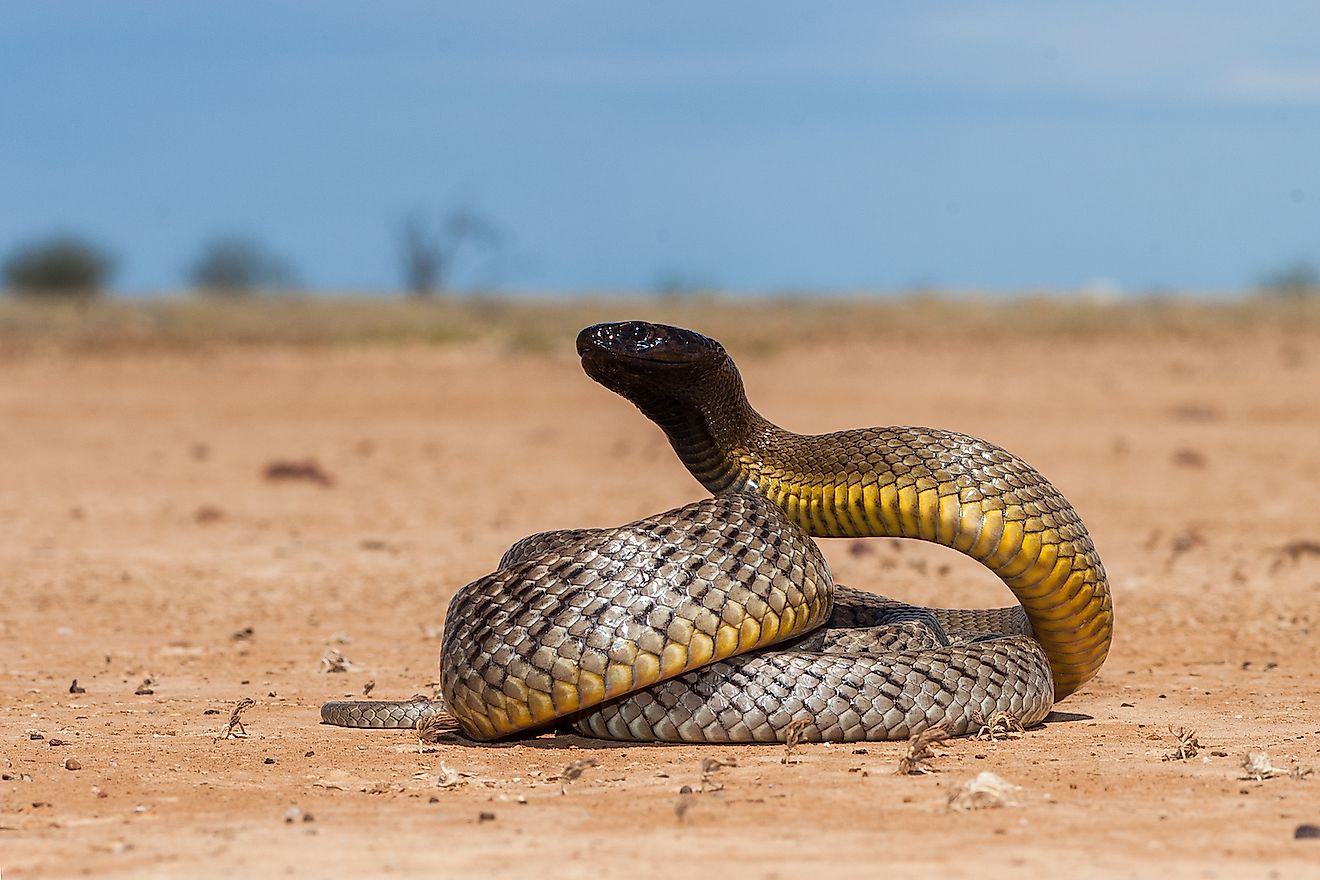Why Is Bloody Sunday Called Bloody Sunday?
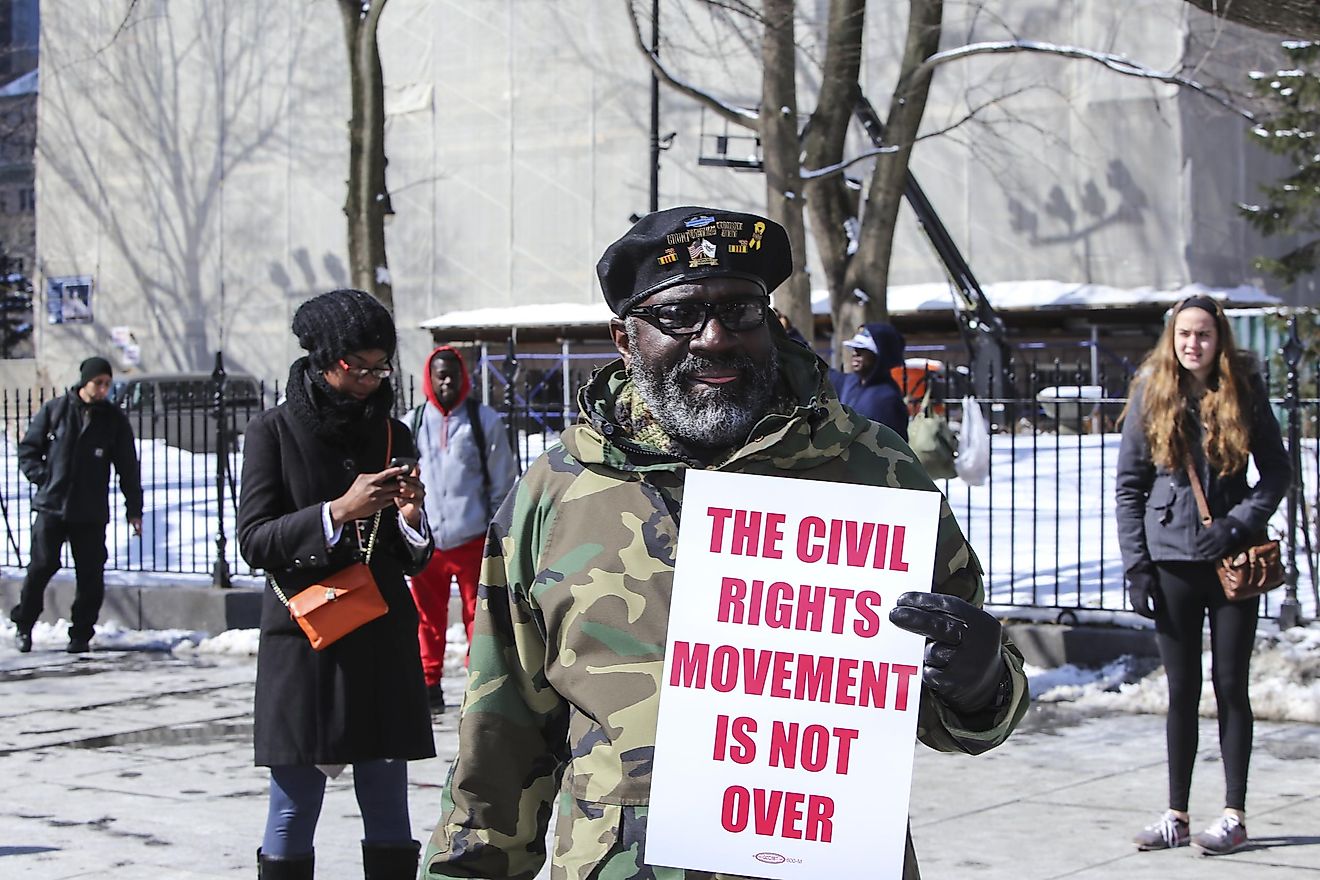
- The event occurred on March 7th, 1965, when more than 500 civil rights activists marched from Selma across the U.S. Highway 80.
- The County Sheriff Jim Clark, called for all white men from Dallas County to report to be deputized to fight the protesters.
- 17 marchers ended up in the hospital for serious injuries while 50 others had minor injuries.
Bloody Sunday was an event that happened during the Selma to Montgomery Marches on March 7th, 1965. This was during the first march and it is remembered as an especially gruesome display of racist violence in the United States. This day is one that should not be forgotten, and it should serve as a reminder of everything African-Americans went through in their fight for equal rights.
The event is called Bloody Sunday because it was a ruthless and gruesome attack on black protesters done by white men from Dallas County. The event was televised, and the images that were presented were horrifying. These images were shown all over the world and showcased the real face of racial injustice in the United States.
“Bloody Sunday”
The event occurred on March 7th, 1965, when more than 500 civil rights activists marched from Selma across the U.S. Highway 80. John Lewis of the Student Nonviolent Coordinating Committee (SNCC) and the Reverend Hosea Williams of the Southern Christian Leadership Conference (SCLC) were leading the march.
Everything was going smoothly in regards to the protest until the protesters crossed the Edmund Pettus Bridge. After crossing it, they were met with a wall of state troopers that were waiting for them.
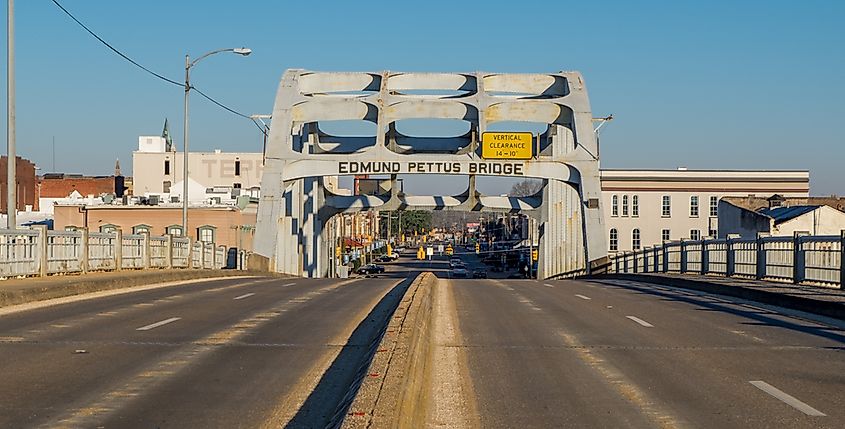
As it turned out, Jim Clark, the County Sheriff at the time, put out the call for all white males from Dallas County to report to be deputized to fight the protesters. These men were called for the sole reason to use violence against the protesters. Racism was a huge problem at the time, and the protesters were trying to fight for their voting rights and end segregation in the American South.
The protesters were warned by the policemen and told that they should disband. Reverend Hosea Williams tried talking to the officers calmly, but they refused to speak to him. They did not want to acknowledge that these people gathered to protest for a good reason. Only a few moments passed after Williams tried talking to the policemen, and suddenly they started to attack the protesters violently.
The Revolution That Was Televised
The troopers used nightsticks to hit the activists and tear gas to blind them. Some of the troopers even attacked the protesters on horseback and were charging into the crowd at high speeds. All of this was televised, and the entire nation, and subsequently the rest of the world managed to see how gruesome these attacks were.
One of the organizers of the march was Amelia Boyton. The photograph of Amelia lying on the road after being beaten unconscious was on the front pages of newspapers all over the world.
Many others were beaten brutally, and in the end, 17 marchers ended up in the hospital for heavy injuries while 50 others had minor injuries. The event became known as “Bloody Sunday,” and something good managed to come out of it. The marches to Selma continued, and more politicians started giving support to black people for them to get the right to vote.
People all over the country were shocked to see how black people were treated in the South, and they showed their support. President Johnson promised that he would send the voting rights bill to Congress, and he did so a week after the incident. Racial injustice is still a problem in the United States, but events like this one show us that taking a stand and protesting actually can make a difference.
